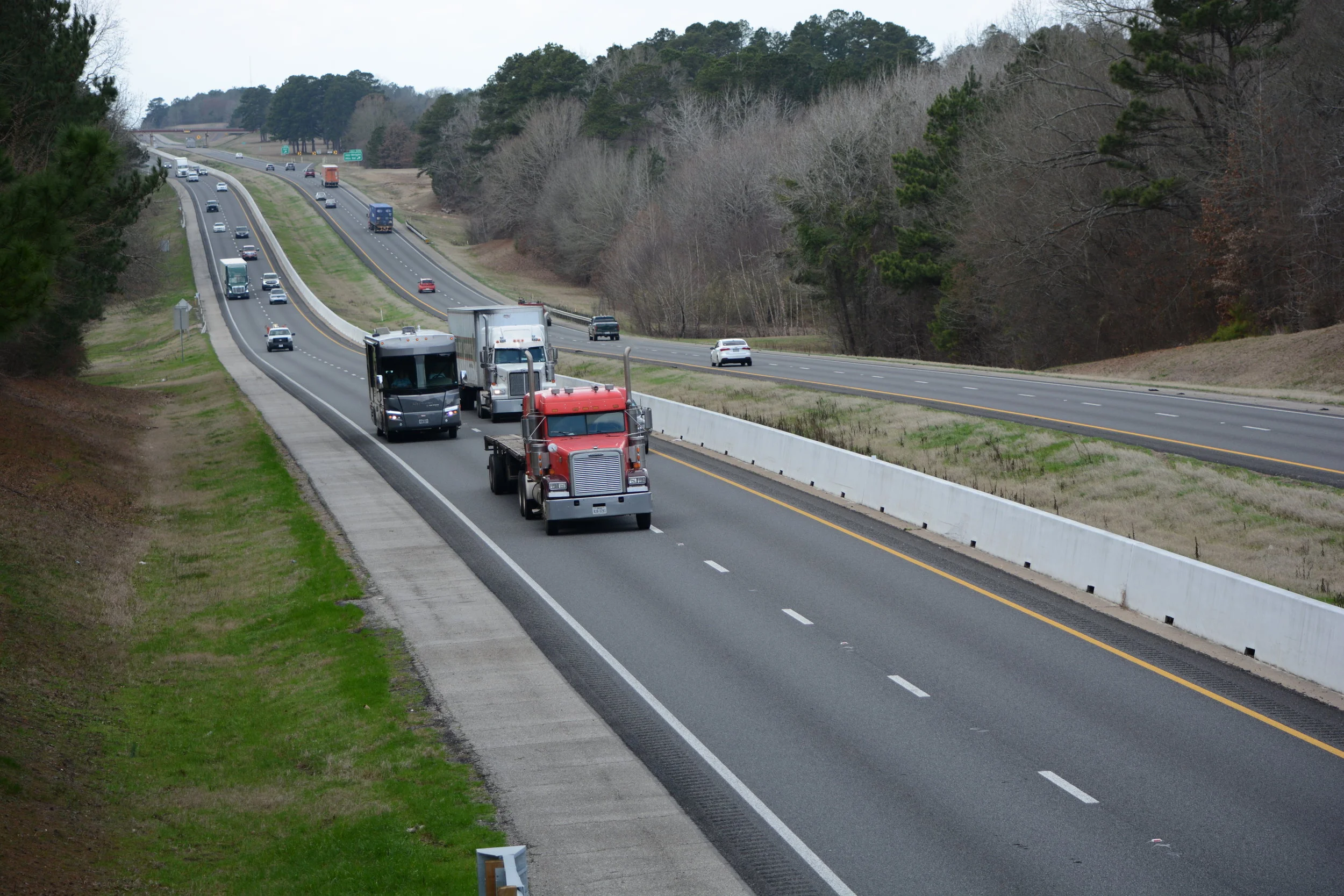April through June: a quarterly review
At the PDQ Transmitter, we pride ourselves on keeping you updated with trucking news and industry insights. As we’re wrapping up the second quarter of the year, we’re catching you up on important happenings in our industry, from an impasse in infrastructure improvements to FMCSA’s new pilot program targeting young military drivers.
Let’s get to it!
The future of trucking
The future is electric, at least according to Roger Nielsen, CEO of Daimler Trucks North America, the largest truck manufacturer on the continent.
“The road to emissions-free driving will be driven by battery-electric vehicles,” Nielsen said.
Internal-combustion truck engines could be a thing of the past sooner rather than later, he remarked at the annual Advanced Clean Transportation Expo in Long Beach back in April.
Daimler has bought into a future of completely electric trucks and buses. For trucks, Nielsen said plug-in hybrids are a no-go for him.
“For trucks, I believe that natural gas-powered engines are only an interim solution. For trucks, fuel cells as a range extender on battery-electric vehicles have promise, but hydrogen fuel cells alone are not yet viable.”
Spear: “Roads and bridges are not political”
But apparently funding them is.
After meeting behind closed doors at the White House April 30, Speaker of the House Nancy Pelosi and Senate Minority Leader Chuck Schumer announced that Democrats had found common ground with the President on a $2 trillion infrastructure package.
However, when it came time to discuss funding at a highly anticipated meeting on May 22, Trump didn’t even sit down with Democrats when they visited the White House. Instead, Trump walked into the room and told House Speaker Nancy Pelosi (D-Calif.) and Senate Minority Leader Chuck Schumer (D-N.Y.) he would not negotiate on infrastructure as long as the Democrats continued their investigations of him, putting the infrastructure bill on hold.
“It’s on life support,” American Trucking Associations President Chris Spear
said of efforts to find funding for infrastructure improvements. “I would not call it dead. I think this president has proven time and time again his ability to shift course in a few characters.”
Spear said ATA will continue to advocate immediate passage of a robust infrastructure bill and that it be funded with “real money, not fake funding,” such as P3s — public-private partnerships — tolling, asset recycling.
Spear maintains the most immediate and effective way to fund roads and bridges is to raise the user fees, or fuel taxes, which already have a system to collect the tax with the lowest cost of administration.
“We believe it is the best, conservative, immediate way to fund infrastructure,” he said. “When I say conservative, less than 1 cent on the dollar to administer it, whereas tolling can take up to 35 cents on the dollar. That’s not conservative.”
ATA supports the Build America Fund, which would be backed by a 20-cents-per-gallon fee incorporated into the price of transportation fuels, gathered at the terminal rack, at 5 cents per year over four years, according to Transport Topics.
The new tax would add $340 billion in new money to fund infrastructure over 10 years.
“I know it rubs some wrong, particularly conservatives who have taken these ‘no new revenue’ pledges,” said Spear. “It really is about political ideology. It is about not having to take tough votes. It is also suffocating our nation’s ability to invest in its future... Roads and bridges are not political.”
“Slowing but growing”
Bob Costello isn’t ready to say that trucking and freight companies should batten down the hatches for an imminent recession, but he senses something is amiss.
Costello, ATA’s chief economist and senior vice president of international trade policy and cross-border operations, said several factors concern him. It’s not the numbers that are giving him pause, it’s trucking officials who are too concerned with the possibility of a downturn that they’re afraid to take risks.
“When I come to meetings like this, everyone is like, ‘What is going on? Are we headed for a recession?’” Costello said. “When people start asking those questions, you know what that tells me? You go back to your businesses, and you are not going to take risks. And when you don’t take risks, that means we are not going to grow at the same pace that we were.”
President Donald Trump’s trade wars have created uncertainty, and that is one of many unknowns that could hurt the U.S. economy, which has been in expansion since the third quarter of 2009, according to a Transport Topics article.
“The risks of a mild recession have increased,” Costello told the audience at the annual conference of American Trucking Associations’ National Accounting and Finance Council on June 11. “It’s not my forecast. All I am saying is, the risks have increased … The theme is slowing but growing.”
FMCSA targets young drivers with military experience
The Federal Motor Carrier Safety Administration is taking applications for a pilot program which allows a limited number of 18-to-20 year-olds with a U.S. military equivalent of a commercial driver license to operate trucks in interstate commerce.
Although this age group can’t operate Class 8 commercial motor vehicles across state lines due to current federal law, the program, launched June 3, aims to help veterans and reservists land jobs in trucking, according to a recent Transport Topics article.
During the span of this program, these drivers’ safety records will be compared with the records of a control group of drivers.
Other industry news
Last quarter the average price of diesel ended at $3.07 per gallon. The average price fell this quarter, all the way to an average of $3.09 for June. U.S. retail diesel fuel prices projected in the Summer Fuels Outlook average $3.09/gal this summer, down from $3.22/gal last year.
The U.S. Baker Hughes Rig Count has seen a fairly steady decline this quarter, ending June at 967, down 85 total wells from last year.
From late May to early June, the price of West Texas Intermediate dropped from the $60s to the $50s. The price began a steady ascent back up toward the end of June, finishing the quarter at $58.
Looking ahead to the rest of 2019, you can count on us at the PDQ Transmitter to keep you informed about trucking news and updates. If you haven’t yet, don’t forget to share this post and subscribe for more great content!





